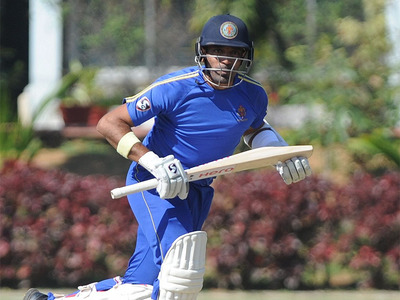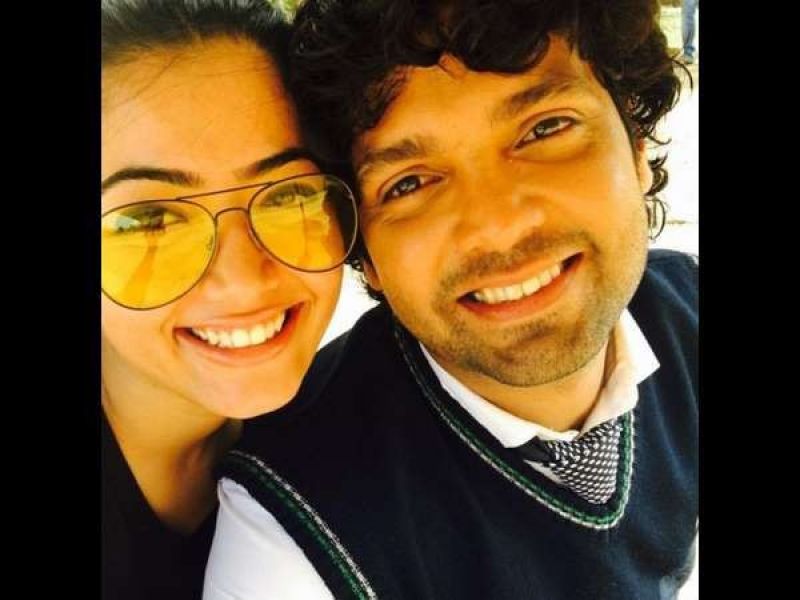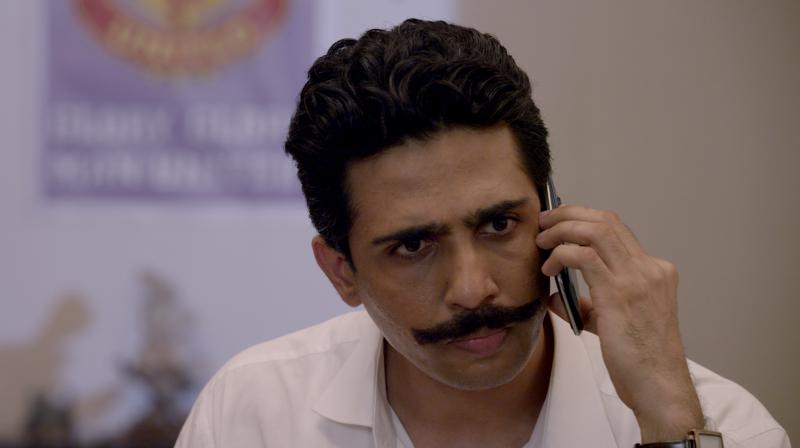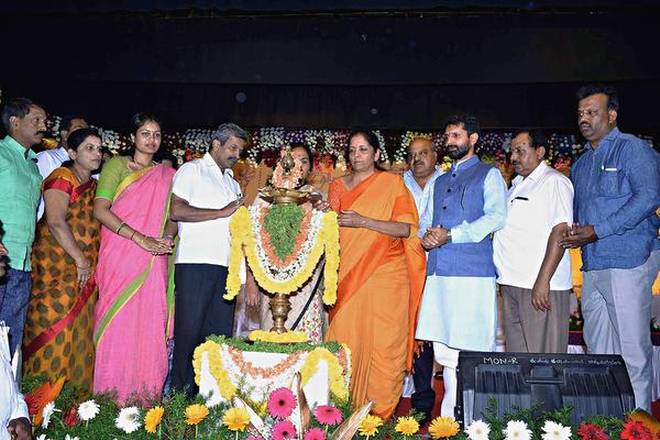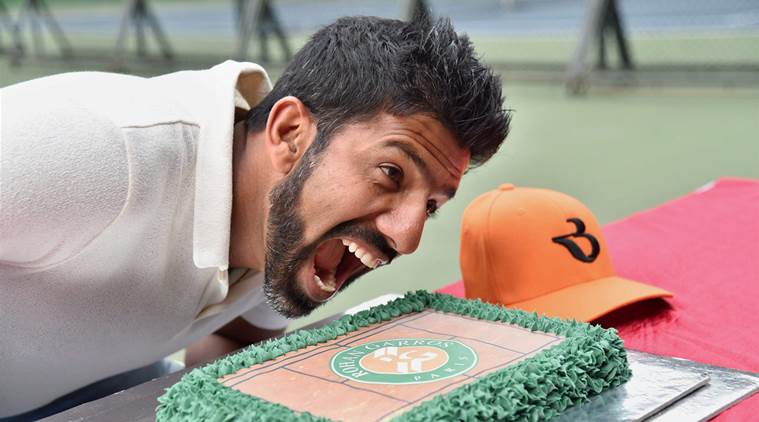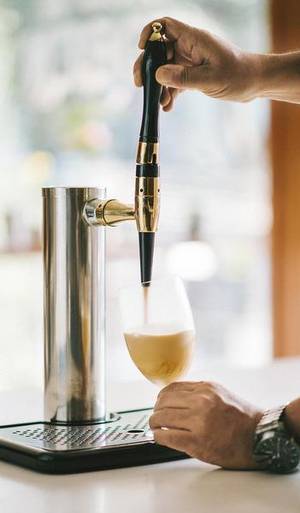
Here’s a lowdown on the new ways to brew your daily cuppa
Upon entering Bengaluru’s The Flying Squirrel, I hear the distinct hum of a coffee roasting machine. The cosy 36-seater café and micro roastery is not just another coffee shop. It is all about artisan coffee. The sharp aroma of freshly-roasted coffee wafts in from the coffee bar, where Ashish D’Abreo, one of the founders of The Flying Squirrel, is brewing a cup of Pour-Over coffee. He looks up briefly, flashes a smile, and explains upon seeing intrigue on my face, that this is among the most popular kinds of brewing.
On a ceramic cup, a thin piece of filter paper is placed. Ashish weighs coffee powder on a swanky-looking weighing machine. “You need about 25 grams of coffee powder,” he explains, and then places the coffee powder on the filter paper, while carefully pouring small amounts of water. “You brew the coffee gradually,” says D’Abreo as he pours the water, starting from the edges of the filter paper in a spiral motion. “In this method, water doesn’t stay with the coffee too long. So it gives a medium body and a very nice aroma.” I sip on it and savour the smooth taste of the coffee.
But the heat makes enjoying a hot cuppa rather difficult. If you still need your caffeine fix, then there is always cold brew, which, informs D’Abreo, is not very well known; but people in India are beginning to understand it. “When you heat coffee, you get a certain acidity. There’s a gentleness and sweetness to cold brewed coffee. For about 200 grams of coffee, you put one litre water. The coffee powder has to be coarsely ground. Let the coffee stay in the cold water for about 14 hours. Soluble coffee bleaches into the water. After 14 hours, strain this out,” he says.
Then there is moka pot, also known as macchinetta, which means small machine. “Put water into the bottom shaper. Put filter coffee on the filter basket with ground coffee, tamp it lightly, screw on the lower chamber, place it on a flame for 35 to 40 seconds. Pressure builds up the chamber and coffee goes up through the device.”
Air play
The next is AeroPress. “The coffee powder used for the AeroPress is slightly coarser than the one used in a moka pot. Lock in one spoon of coffee powder. Wet the coffee a little bit, making the coffee soak in a lot more. Leave it for a few seconds. Then fill water till level one. Give it a quick stir and create an air lock. For espresso, leave it for 30 seconds, for black coffee one minute, and for coffee with milk and sugar, a minute and a half.” Then with a bit of force, D’Abreo presses down the device, saying: “and the coffee is ready.”
At The Flying Squirrel, coffee is freshly roasted and ground everyday and retailed across the country; it is sold across the counter as well as ordered online on www.flyingsquirrel.in. The coffee is grown in their estates in Coorg in Karnataka. Tej Thammaiah, the other founder, belongs to the Ajjikuttira family, and is a third-generation farmer, who is at the helm of affairs in the Nellikad estate where coffee is grown, along with pepper, vanilla, citrus fruits, avocados, ginger and honey.
“Roasted coffee is perishable,” informs D’Abreo, “It is best to consume it within a month.” He goes on to add that the coffee we get at stores is roasted months in advance. “Our coffee is roasted not more than days back. It is dispatched at the earliest.”
As to the question of the many varieties of coffee preparations that keep coming up, D’Abreo replies: “Dark roast is the easiest way to camouflage the flaws in your coffee.”
source: http://www.thehindu.com / The Hindu / Home> Life & Style> Food / Sravasti Datta / June 08th, 2017

